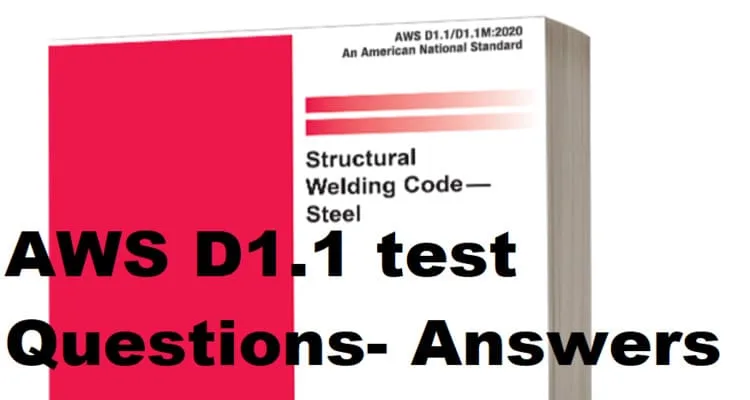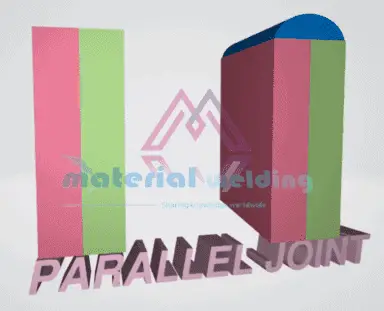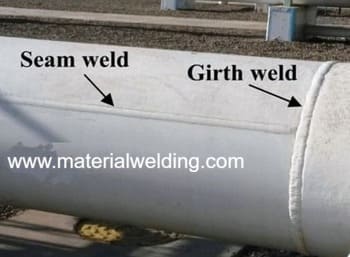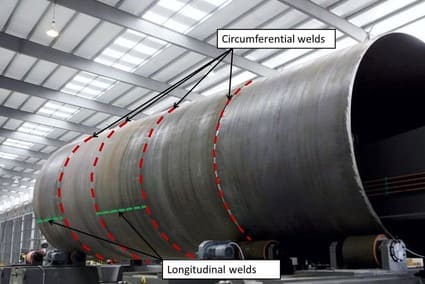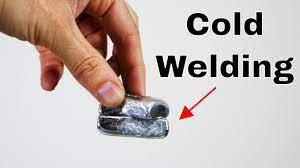Welding is a skilled trade that involves joining two or more metal pieces together using heat, pressure, or a filler material.
It is a critical process that is used in many industries, including construction, manufacturing, and repair and maintenance. To help you understand the basics of welding, we’ve put together a list of 20 questions and answers for welders.
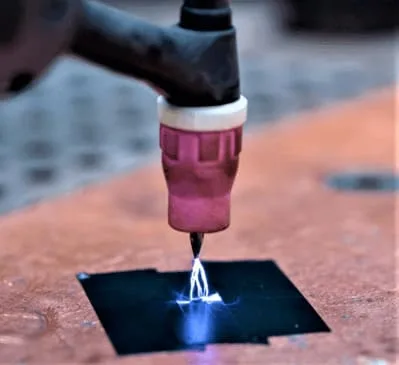
What is welding?
- Welding is a process that joins two or more metal pieces by heating them to a high temperature and applying pressure or a filler material to fuse them together.
What are the different types of welding?
- There are several types of welding, including shielded metal arc welding (SMAW), gas tungsten arc welding (GTAW), gas metal arc welding (GMAW), flux-cored arc welding (FCAW), and submerged arc welding (SAW).
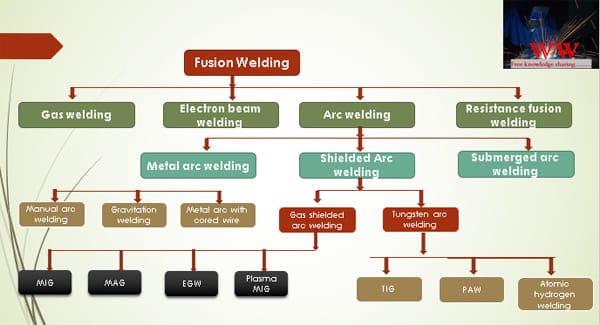
What is SMAW welding?
- SMAW welding, also known as stick welding, is a manual welding process that uses a consumable electrode coated in flux to lay the weld.
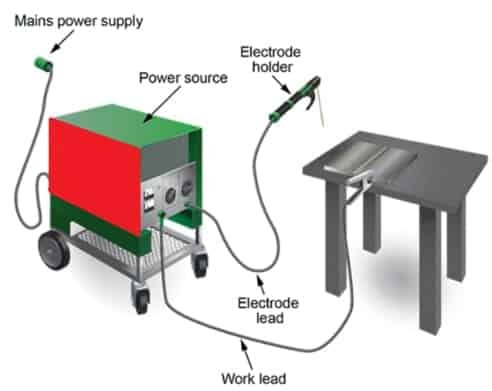
What is GTAW welding?
- GTAW welding, also known as TIG welding, is a manual welding process that uses a non-consumable tungsten electrode to produce the weld.
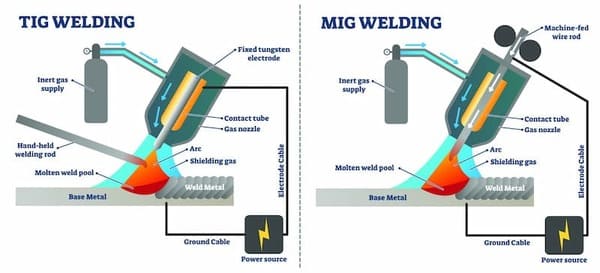
What is GMAW welding?
- GMAW welding, also known as MIG welding, is a semi-automatic or automatic welding process that uses a consumable wire electrode and a shielding gas to produce the weld.
What is FCAW welding?
- FCAW welding is a semi-automatic welding process that uses a flux-cored wire electrode and a shielding gas to produce the weld.
What is SAW welding?
- SAW welding, also known as submerged arc welding, is an automatic or semi-automatic welding process that uses a consumable electrode and a shielding powder to produce the weld.
What is the purpose of a filler material in welding?
- A filler material, also known as a welding rod or wire, is used to add material to the weld joint and help fuse the metal pieces together.
What is the difference between TIG and MIG welding?
- TIG welding uses a non-consumable tungsten electrode to produce the weld, while MIG welding uses a consumable wire electrode.
- TIG welding is typically used for more precise and delicate welding jobs, while MIG welding is more commonly used for larger and faster welding jobs.
Read more: TIG vs MIG Welding
What are the main safety precautions that a welder should take?
- Some of the main safety precautions that a welder should take include wearing personal protective equipment (PPE), such as a welding helmet, gloves, and protective clothing, and making sure to work in a well-ventilated area.
- It’s also important to always follow the manufacturer’s instructions and guidelines for the welding equipment and materials being used.
Read more: Complete list of Welder’s PPE.
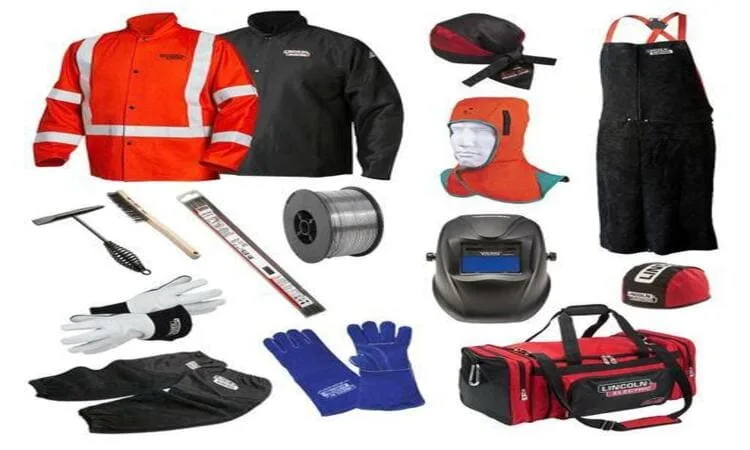
What are the dangers of welding?
- Some of the dangers of welding include the risk of fire or explosion, the risk of inhaling dangerous fumes and gases, and the risk of electrical shock.
- Welders should always take the necessary safety precautions to protect themselves from these hazards.
What are the benefits of welding?
- Welding can provide many benefits, including the ability to create strong and permanent joints between metal pieces, the ability to repair or modify metal structures, and the ability to create custom metal pieces or products.
What are the qualifications needed to become a welder?
- The qualifications needed to become a welder can vary depending on the type of welding and the employer’s requirements. However, most welders will typically need to have a high school diploma or equivalent and will need to complete an apprenticeship or vocational training program.
Read more: How to be a Certified Welder?
How can I improve my welding skills?
- To improve your welding skills, you can practice welding on different types of metal and thicknesses, learn about different welding techniques and processes, and take welding classes or workshops.
What are the differences between welding mild steel and stainless steel?
- Welding mild steel and stainless steel are different as stainless steel has a higher nickel and chrome content, which requires different welding techniques, filler metals, and shielding gases.
How to select the right welding rod?
- To select the right welding rod, you need to consider the base metal you will be welding, the welding position, the welding amperage and the type of welding you will be doing.
Read more: Welding Rod Selection Chart.
How to prepare the surface before welding?
- To prepare the surface before welding, you need to clean the metal surface, remove any oil, rust, or paint, and make sure the metal is in the right position for welding.
What is the difference between AC and DC welding?
- AC welding uses alternating current to produce the weld, while DC welding uses direct current to produce the weld. DC welding is typically used for welding mild steel and stainless steel, while AC welding is typically used for welding aluminum.
Read more: AC vs DC Welding
What is the difference between welding and brazing?
- Welding and brazing are both methods of joining metal pieces, but they use different techniques and materials. Welding melts the metal pieces together, while brazing uses a separate filler metal to join the pieces.
Read more: Welding vs Soldering vs Brazing
What is the difference between welding and soldering?
- Welding and soldering are both methods of joining metal pieces, but they use different techniques and materials. Welding melts the metal pieces together, while soldering uses a separate filler metal and a lower heat to join the pieces.
What are the common welding defects?
- Common welding defects include porosity, cracking, lack of fusion, and burn-through. These defects can occur due to improper technique, incorrect equipment settings, or poor quality materials.
Read more: Welding Defects types, their causes & prevention.
How to prevent welding defects?
- To prevent welding defects, it’s important to use the correct welding techniques, properly maintain and set up the welding equipment, and ensure that the materials being used are of good quality.
What is the difference between welding and adhesive bonding?
- Welding and adhesive bonding are both methods of joining metal pieces, but they use different techniques and materials. Welding melts the metal pieces together, while adhesive bonding uses a separate adhesive to join the pieces.
What is the difference between welding and riveting?
- Welding and riveting are both methods of joining metal pieces, but they use different techniques and materials. Welding melts the metal pieces together, while riveting uses a separate rivet and a tool to join the pieces.
What is the difference between welding and bolting?
- Welding and bolting are both methods of joining metal pieces, but they use different techniques and materials. Welding melts the metal pieces together, while bolting uses separate bolts and nuts to clamp the pieces together.
How to maintain welding equipment?
- To maintain welding equipment, it’s important to regularly clean and inspect the equipment, ensure that all connections are tight and secure, and replace any worn or damaged parts.


